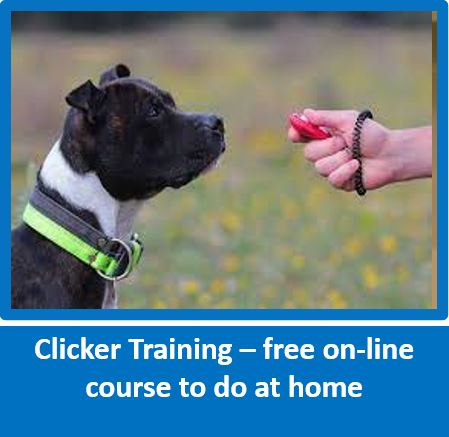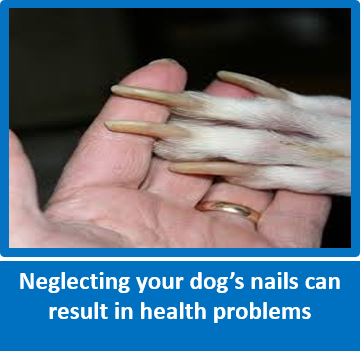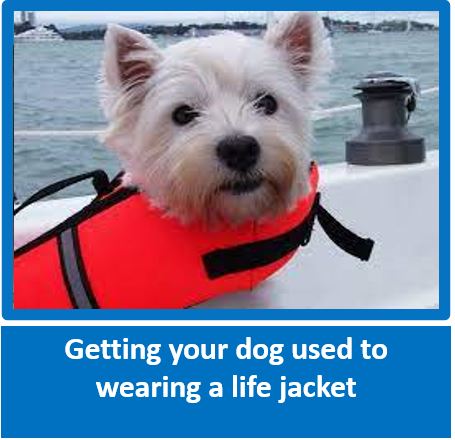
Not all of us dog parents realize the importance of mental stimulation. Not only does it keep dogs entertained and avoid boredom, it has also been shown to lower aggression and hyperactivity in dogs, and also affects physical health, as in humans. We have a fantastic variety of dog puzzles and games that stimulates mental abilities and, together with physical exercise, will go a long way to avoiding behaviour concerns. Do have a look at our website and see what is available. www.mcmac.co.za
How to Teach Your Dog to Shake Paw
www.thespruce.com
(Great website, with a lot more basic tricks you can do as soon as you have mastered this basic one - next step would be teaching your dog to wave - full instructions on their website - enjoy
www.thespruce.com
(Great website, with a lot more basic tricks you can do as soon as you have mastered this basic one - next step would be teaching your dog to wave - full instructions on their website - enjoy

Can your dog shake paws on cue? Shake is a fun dog trick that's fairly easy to teach to your dog. Most dogs can learn this trick quickly. After just a few short training sessions your dog will be offering his paw for a shake every time he meets someone new!
What You Need to Train
The only things needed when training a dog to shake paws is your dog and a handful of treats. If you are clicker training, you will need your clicker.
Here's How to Do It
Troubleshooting
There are a few things you can do if your dog has trouble learning to shake:
Phasing Out the Treat
Once your dog is offering his paw on command, you can begin phasing out the need to hold the treat in your closed hand. Here's how to do it:
What You Need to Train
The only things needed when training a dog to shake paws is your dog and a handful of treats. If you are clicker training, you will need your clicker.
Here's How to Do It
- Have your dog sit. If he doesn't know how to sit, go back and practice that command before moving on to step two.
- Hold a treat in one hand, and show it to your dog. Close your fist over the treat so he can't get it.
- Give your dog the command "shake," and wave your closed fist under his nose to keep him interested in the treat.
- Wait for your dog to start digging in your hand for the treat. Usually, dogs sniff around, and when that doesn't work they begin to paw at your hand.
- The moment your dog touches your hand with his paw, tell him "good" or click your clicker, and open your hand and allow him to have the treat.
- Practice "shake" for 5 minutes, two or three times a day. Your dog will be offering you his paw the moment you give the command before you know it.
Troubleshooting
There are a few things you can do if your dog has trouble learning to shake:
- If your dog doesn't put his paw on your hand, no matter how long you try to entice him with the treat, move the hand holding the treat closer to his paw. You can even give his leg or paw a little nudge. As soon as he raises his paw to your hand, give him the treat and follow the directions from step 5 above.
- If your dog still doesn't understand what is expected of him after you nudge his paw, you can try lifting his paw into your hand yourself. Give the command "shake," reach down and pick up his paw, and then tell him "good" or click your clicker and give him the treat. Repeat this quickly several times in a row giving him a treat each time, and then go back and start off from step 1 above. Most dogs will now understand what is expected and begin to offer their paw.
- Remember to be patient and keep training sessions short. If your dog becomes frustrated ot bored, it's time to finish up the session. Always try to end on a positive note, even if it means asking your dog to do something simple, like sit.
Phasing Out the Treat
Once your dog is offering his paw on command, you can begin phasing out the need to hold the treat in your closed hand. Here's how to do it:
- Start with your hand closed over the treat, and give your dog the command "shake." As soon as he offers his paw, give him a treat from your other hand rather than the one closed in your fist. Repeat this several times.
- Next, put out your hand without holding the treat inside and give the command "shake." Give your dog a treat from your other hand as soon as he offers his paw.
- Practice step 2 over several training sessions. If your dog seems confused at any point, go back a step or two in your training.
- Now you are ready to phase out the treat almost entirely. Begin by offering a treat less frequently, first by giving him a treat after every other time he offers his paw on command. Slowly decrease the number of times your dog gets a treat after he offers his paw. Soon your dog will be offering his paw on command, and you will only need to give him an occasional dog treat to reinforce the behavior.




